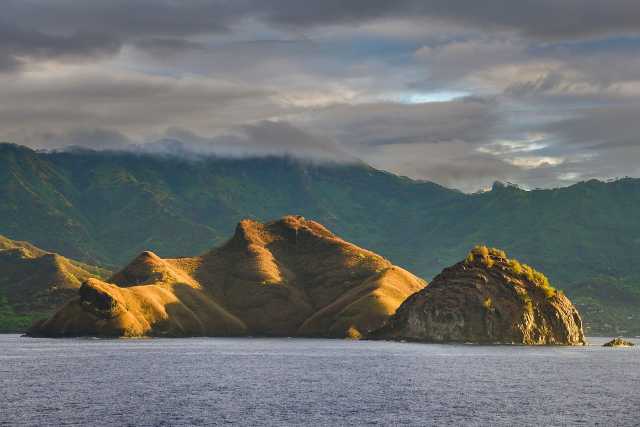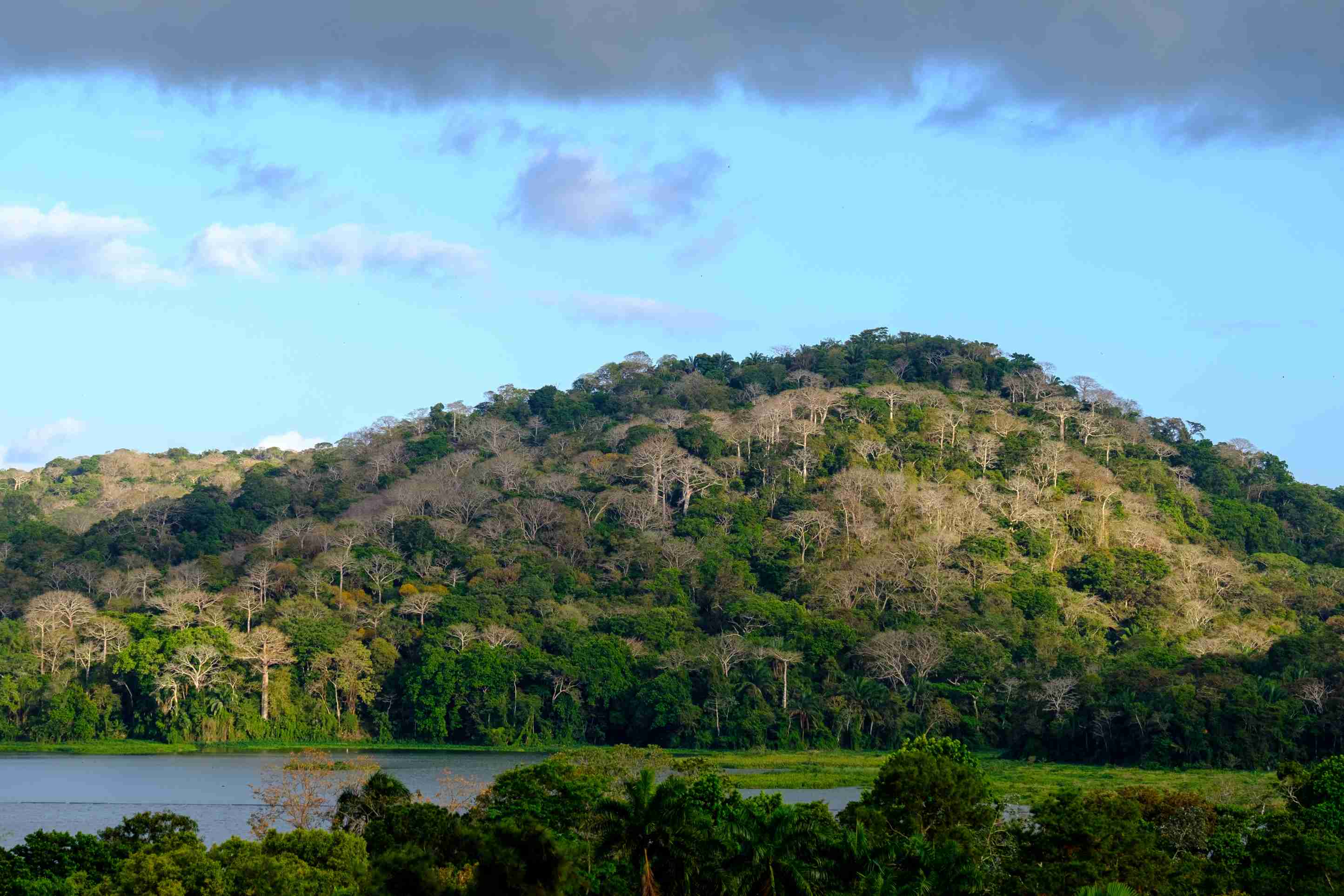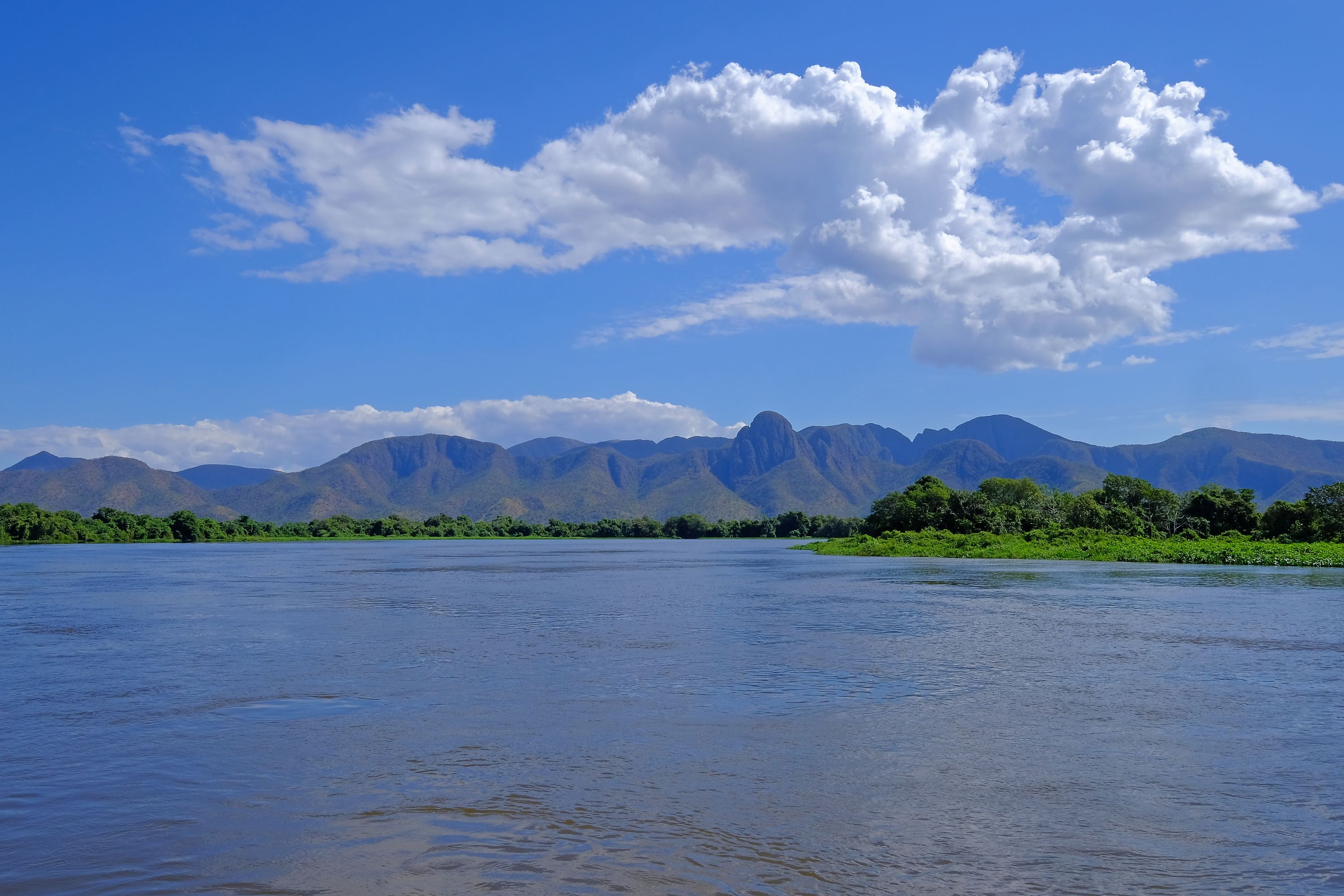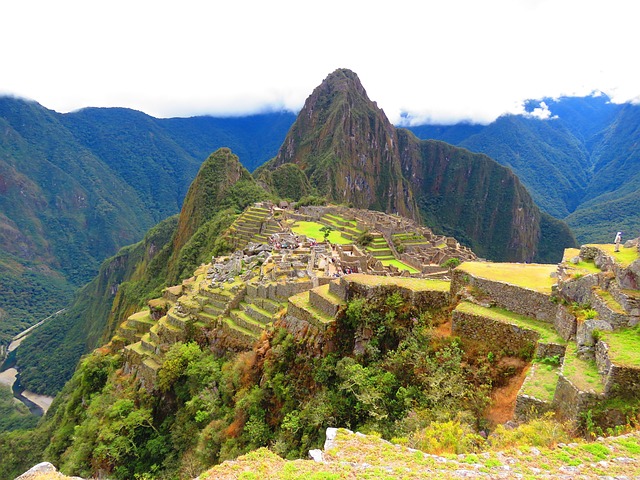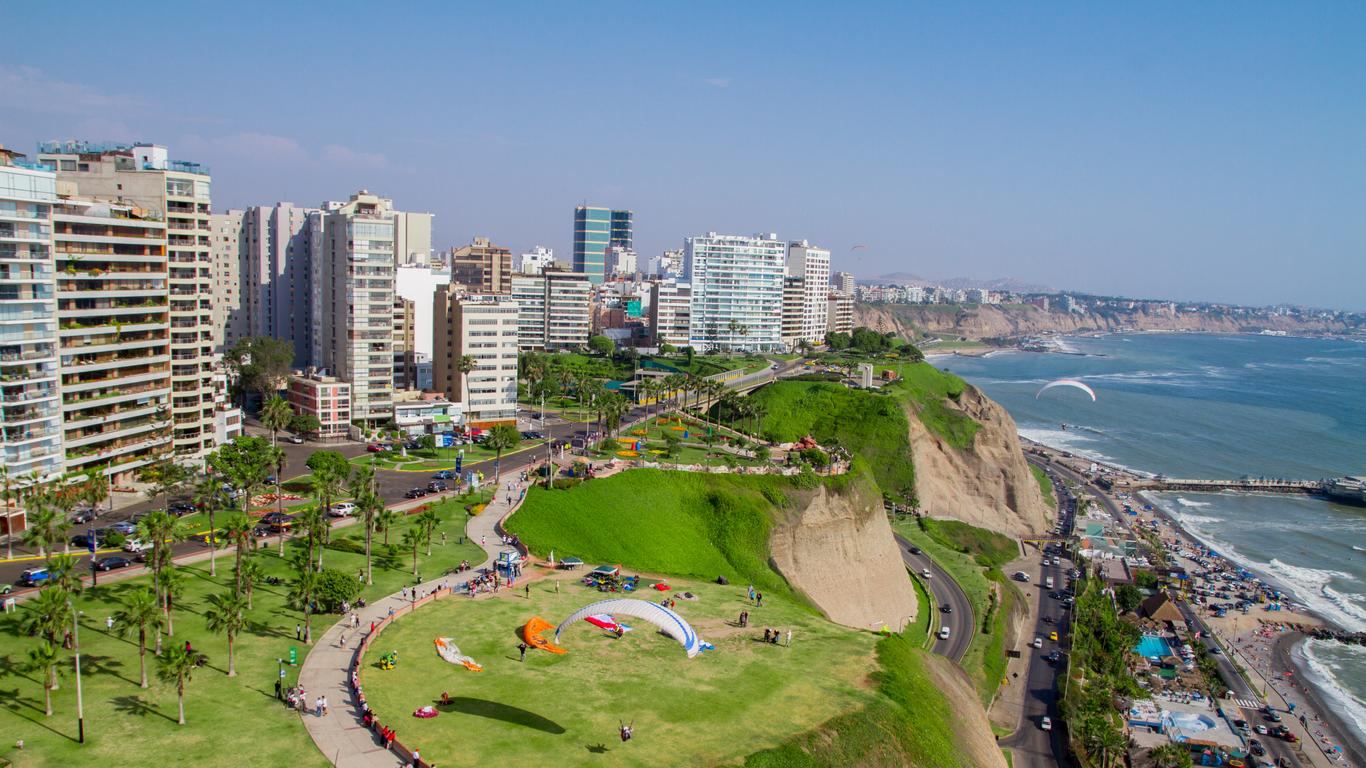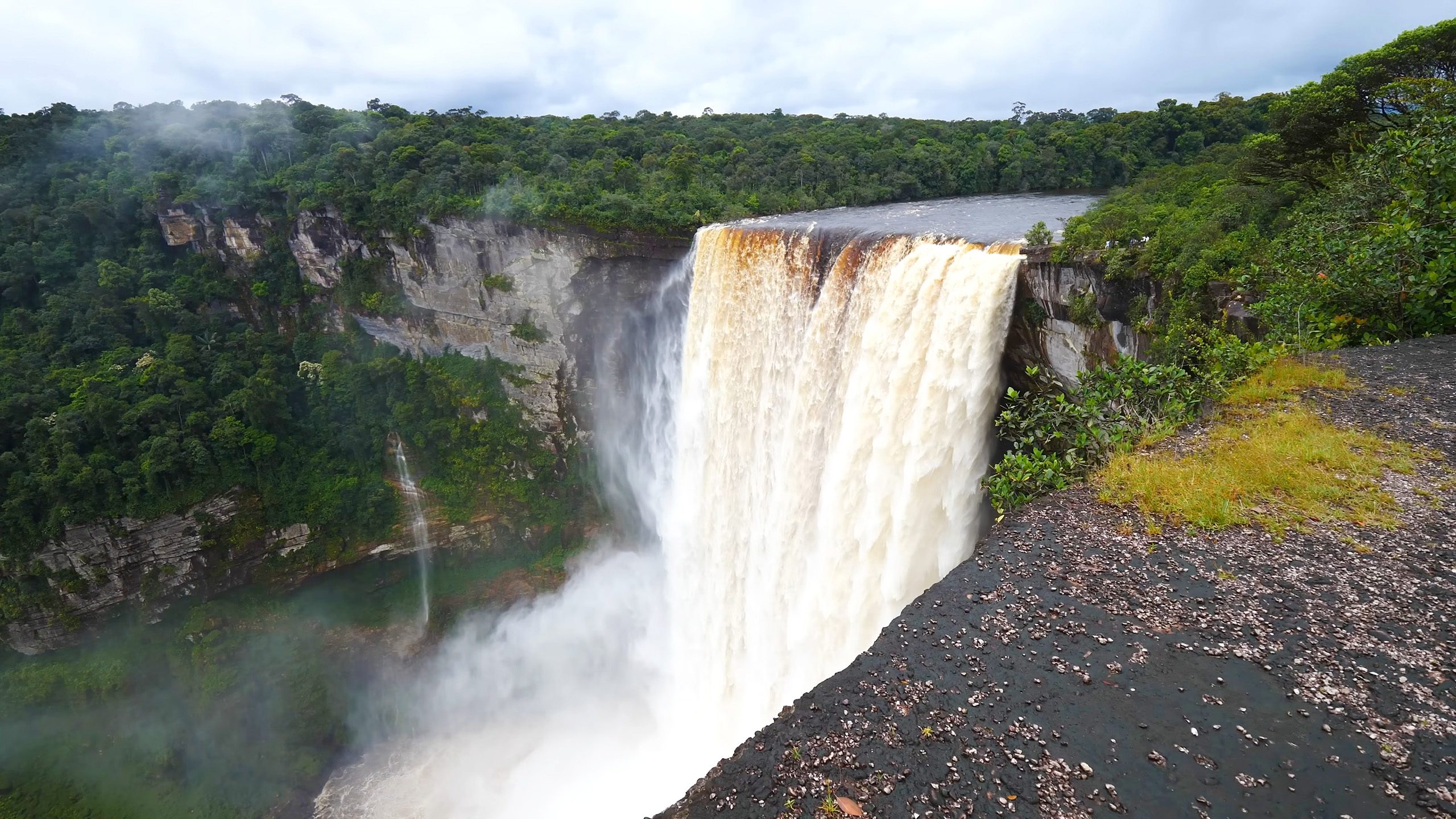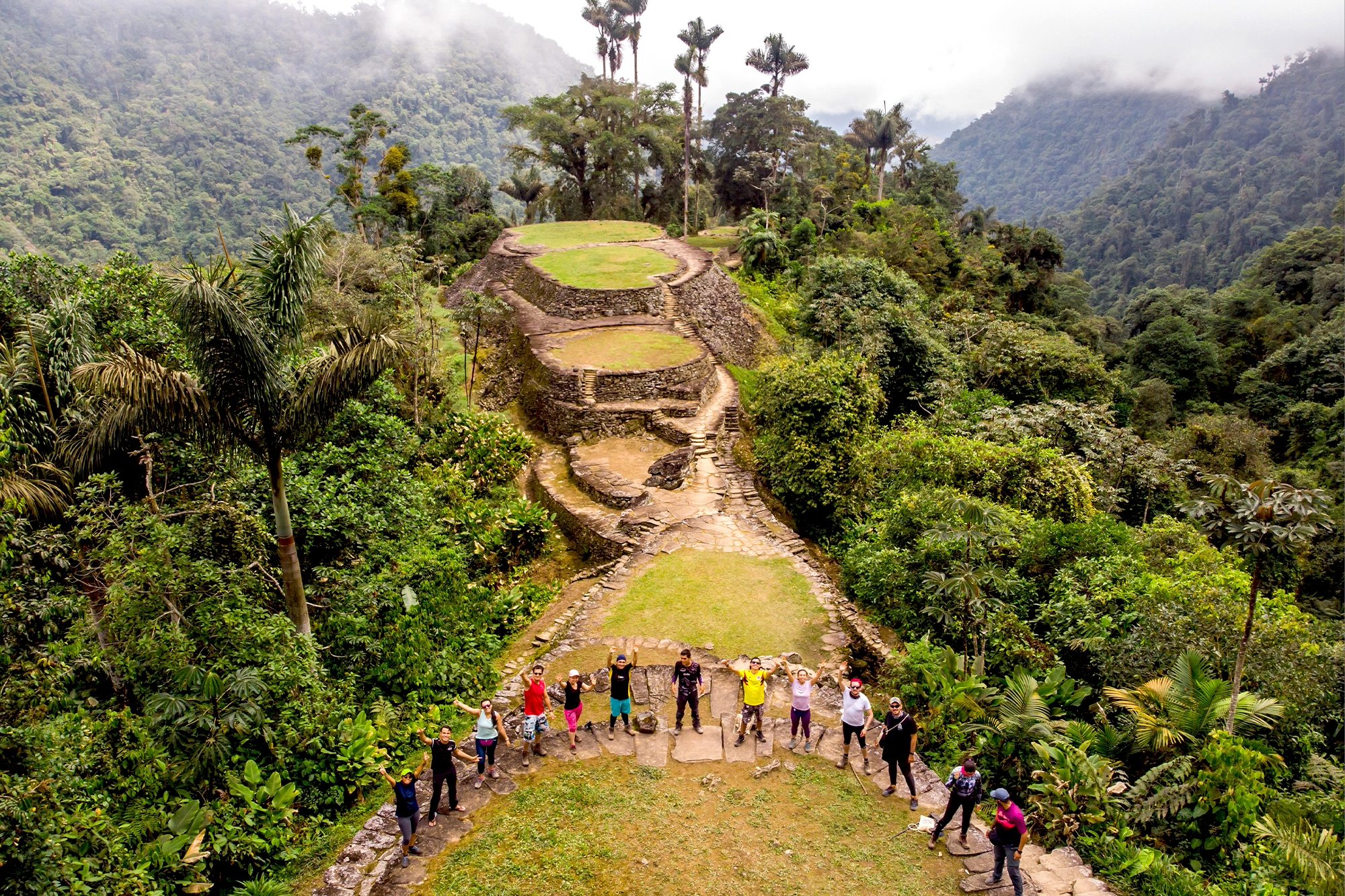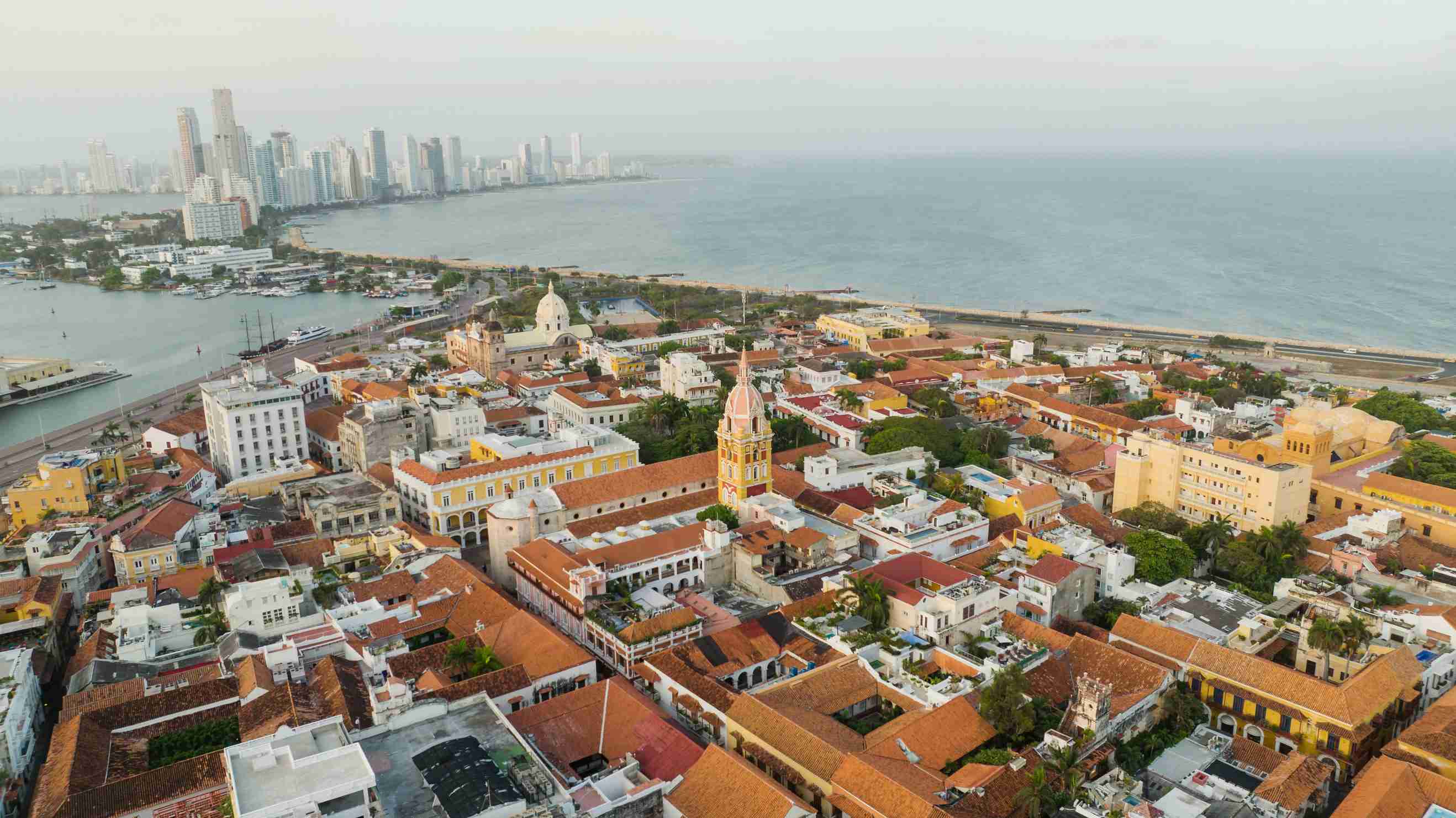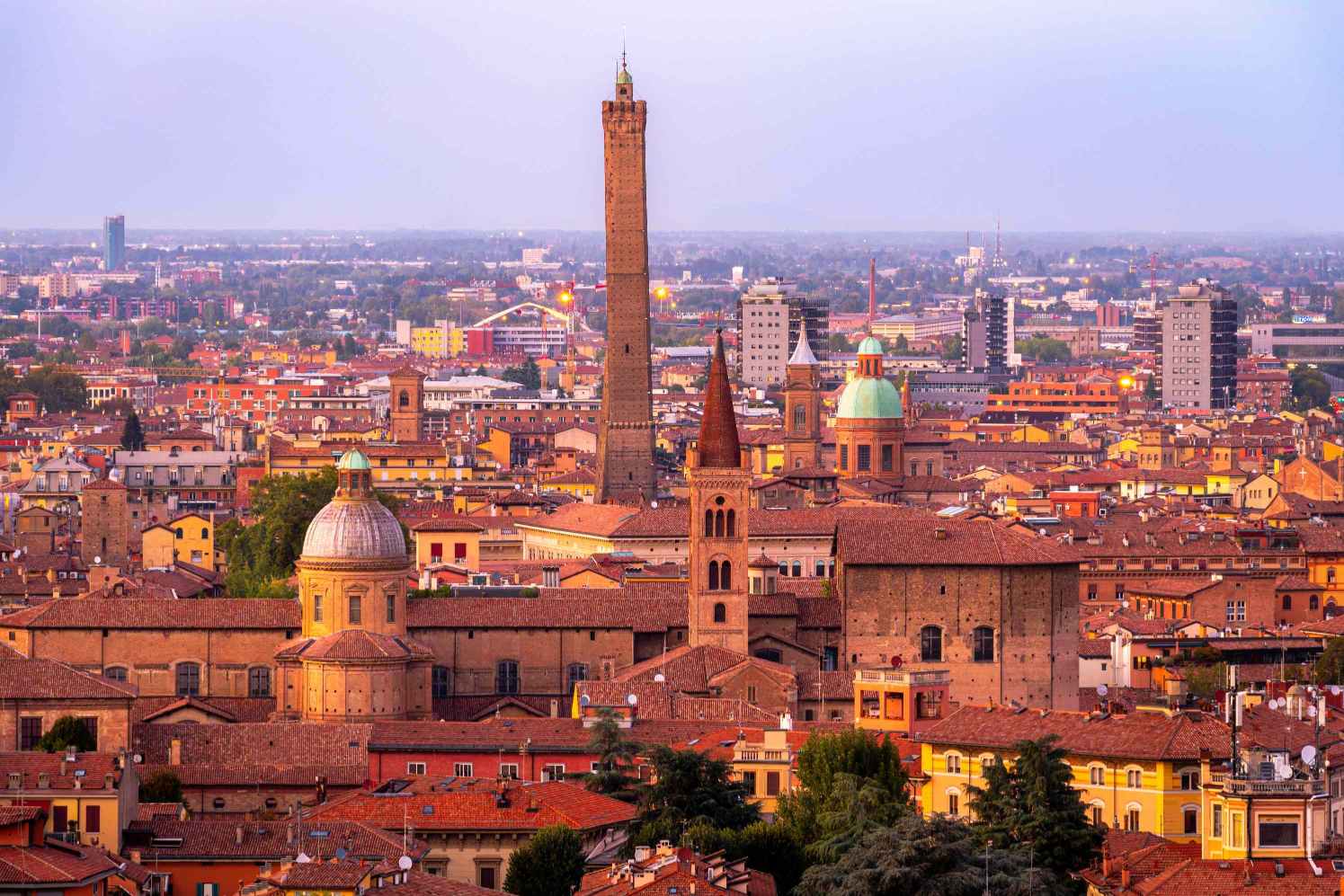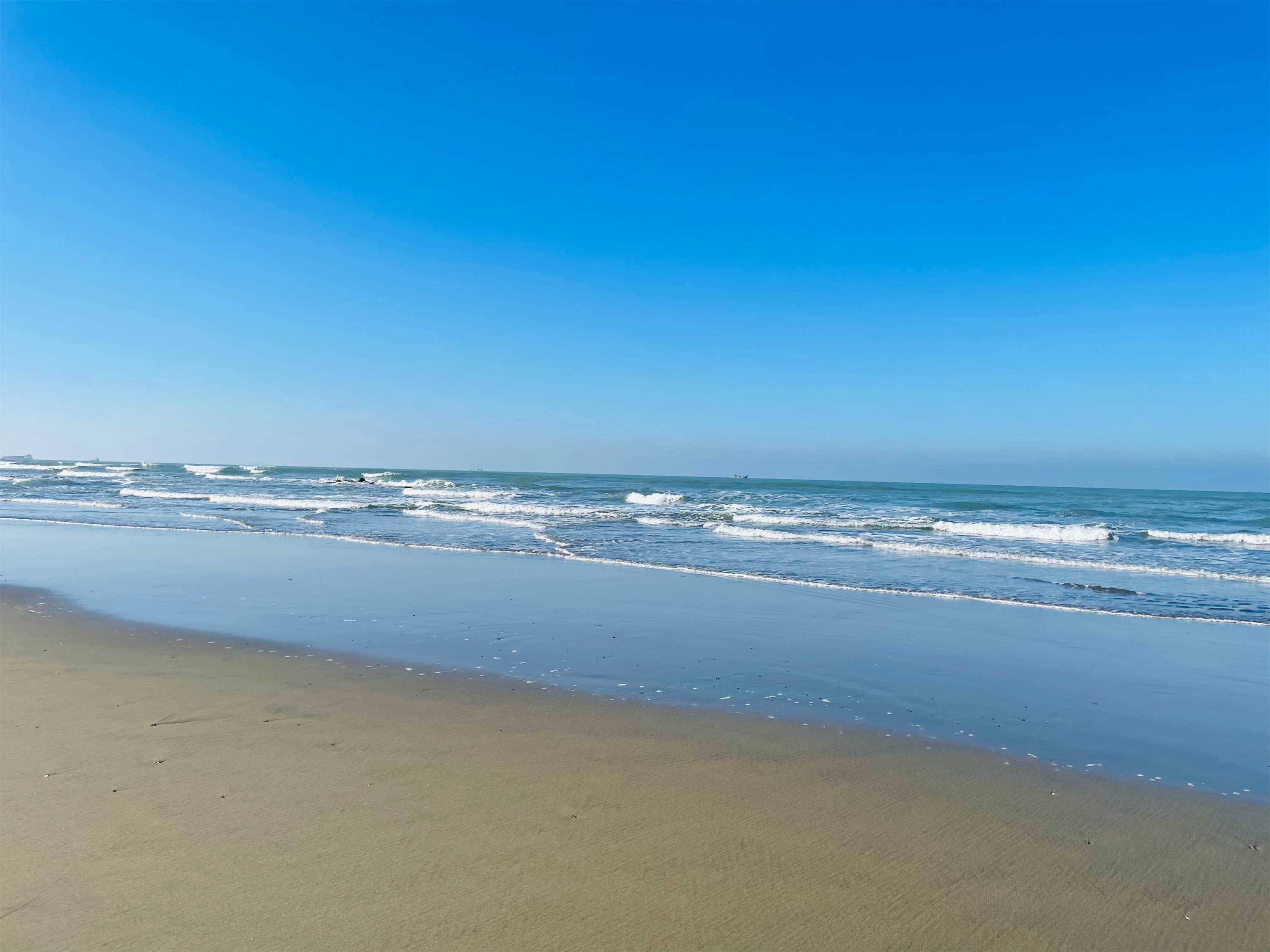Nuku Hiva, the largest of the Marquesas Islands in French Polynesia, is a remote and enchanting destination that feels like a world unto itself. Known for its dramatic landscapes, rich Polynesian culture, and untouched beauty, Nuku Hiva is a paradise for adventurers and nature lovers. From towering volcanic peaks and lush valleys to ancient archaeological sites and pristine beaches, Nuku Hiva offers a unique blend of natural wonders and cultural heritage. Whether you’re hiking through rugged terrain, exploring traditional villages, or simply soaking in the island’s serene beauty, Nuku Hiva promises an unforgettable escape.
Main Attractions of Nuku Hiva
Nuku Hiva is packed with stunning natural and cultural attractions. Here are the must-visit highlights:
- Taiohae Bay: The island’s main village, offering a picturesque harbor and a glimpse into local life.
- Hakaui Valley: A lush valley with towering waterfalls, including the famous Vaipo Waterfall.
- Tohua Koueva: An ancient ceremonial site with stone tikis and petroglyphs.
- Mount Muake: A challenging hike with panoramic views of the island.
- Anaho Bay: A secluded beach with crystal-clear waters, perfect for swimming and snorkeling.
- Catholic Cathedral of Notre Dame: A beautiful church in Taiohae, featuring intricate wood carvings.
- Hatiheu Village: A traditional village with archaeological sites and stunning coastal views.


Culture of Nuku Hiva
Nuku Hiva’s culture is deeply rooted in Polynesian traditions and history:
- Tiki Carvings: Ancient stone tikis and petroglyphs are scattered across the island, offering a glimpse into its past.
- Traditional Dance and Music: Experience the vibrant rhythms and movements of Marquesan dance.
- Handicrafts: Local artisans create intricate carvings, tattoos, and woven items.
- Festivals: Celebrate Marquesan culture at events like the Marquesas Arts Festival.
- Oral Traditions: Stories, legends, and chants passed down through generations.
How to Reach Nuku Hiva?
Reaching Nuku Hiva requires some planning, but the journey is part of the adventure:
- By Air: Fly from Tahiti to Nuku Hiva’s airport (NHV) with Air Tahiti. Flight time is about 3.5 hours.
- By Cruise: Some cruise ships, like the Aranui, include Nuku Hiva as a stop on their itineraries.
- By Yacht: For the adventurous, sailing to Nuku Hiva is an unforgettable experience.
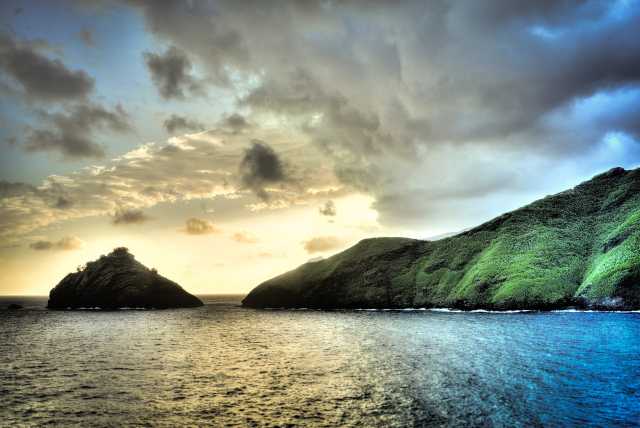
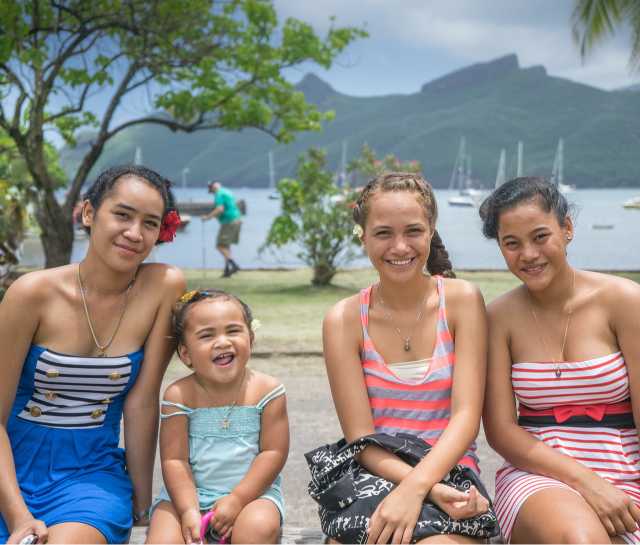
Accommodation Arrangements
Nuku Hiva offers a range of accommodations to suit every traveler:
- Pensions: Family-run guesthouses offering a local experience, like Pension Koku’u and Pension Moana Nui.
- Eco-Lodges: Sustainable stays nestled in nature, such as Keikahanui Nuku Hiva Lodge.
- Camping: Basic options for those seeking a more rugged experience.
Local Foods
Nuku Hiva’s cuisine is a delicious blend of Polynesian flavors and fresh, local ingredients. Must-try dishes include:
- Poisson Cru: Raw fish marinated in lime juice and coconut milk.
- Umu: A traditional feast cooked in an earth oven, featuring dishes like roasted pork and breadfruit.
- Fafaru: A unique dish of fermented fish.
- Breadfruit and Taro: Staple foods often served with meals.
- Fresh Fruits: Enjoy tropical fruits like mangoes, papayas, and coconuts.
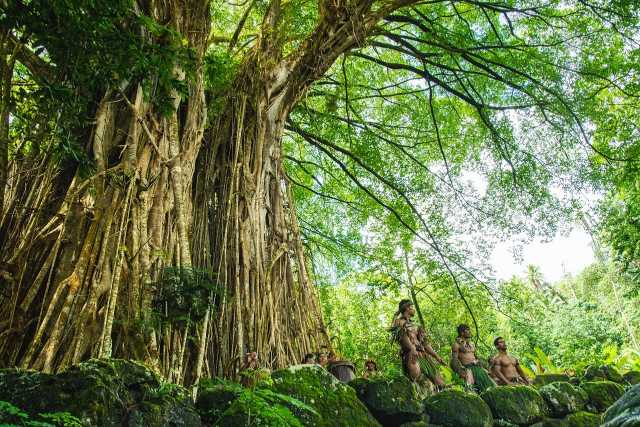

Best Time to Visit Nuku Hiva
The best times to visit Nuku Hiva are:
- Dry Season (May to October): Pleasant weather with less rainfall, ideal for outdoor activities.
- Wet Season (November to April): Lush landscapes and fewer tourists, but expect occasional rain and humidity.
Where to Visit in Nuku Hiva?
Here are some top destinations to include in your itinerary:
- Taiohae: The island’s main village, with a beautiful bay and cultural sites.
- Hakaui Valley: Home to the stunning Vaipo Waterfall.
- Hatiheu: A traditional village with archaeological sites and coastal views.
- Anaho Bay: A secluded beach perfect for relaxation and snorkeling.
- Mount Muake: A challenging hike with breathtaking views.
Where and What to Shop?
Nuku Hiva offers unique shopping opportunities:
- Handicrafts: Look for intricately carved tikis, wooden bowls, and woven items.
- Local Markets: Find fresh produce, handmade jewelry, and souvenirs.
- Art Galleries: Support local artists by purchasing paintings and carvings.
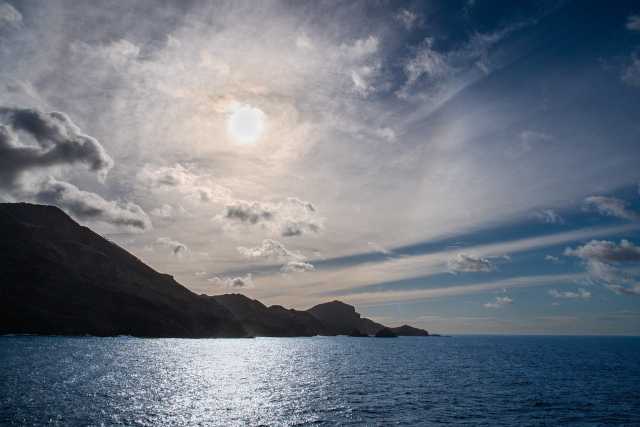

What Things to Do?
- Hiking: Explore trails like the Hakaui Valley and Mount Muake.
- Snorkeling and Diving: Discover vibrant coral reefs and marine life.
- Cultural Tours: Visit ancient archaeological sites and traditional villages.
- Horseback Riding: Explore the island’s rugged terrain on horseback.
- Relaxing: Soak in the serene beauty of Anaho Bay and Taiohae Bay.
What to Pack?
- Light Clothing: Breathable fabrics for the tropical climate.
- Sturdy Footwear: Hiking boots or sandals for outdoor activities.
- Sunscreen and Hat: Protect yourself from the strong Pacific sun.
- Reef Shoes: For snorkeling and exploring rocky beaches.
- Camera: Capture the island’s stunning landscapes and cultural sites.
Nuku Hiva is a destination that offers a true escape from the ordinary. Its dramatic landscapes, rich cultural heritage, and untouched beauty make it a hidden gem in the South Pacific. Whether you’re hiking through lush valleys, exploring ancient archaeological sites, or simply relaxing on pristine beaches, Nuku Hiva promises an unforgettable experience. Start planning your trip to this remote paradise and discover the magic of Nuku Hiva.
FAQs
-
Is Nuku Hiva expensive to visit?
Costs can be higher due to its remote location, but budget-friendly accommodations and food options are available. -
Do I need a visa to visit Nuku Hiva?
Most nationalities receive a free 90-day visa on arrival in French Polynesia. -
What currency is used in Nuku Hiva?
The French Pacific Franc (XPF), but USD and EUR are also accepted in some places. -
Is Nuku Hiva safe for tourists?
Yes, Nuku Hiva is considered very safe for travelers.

